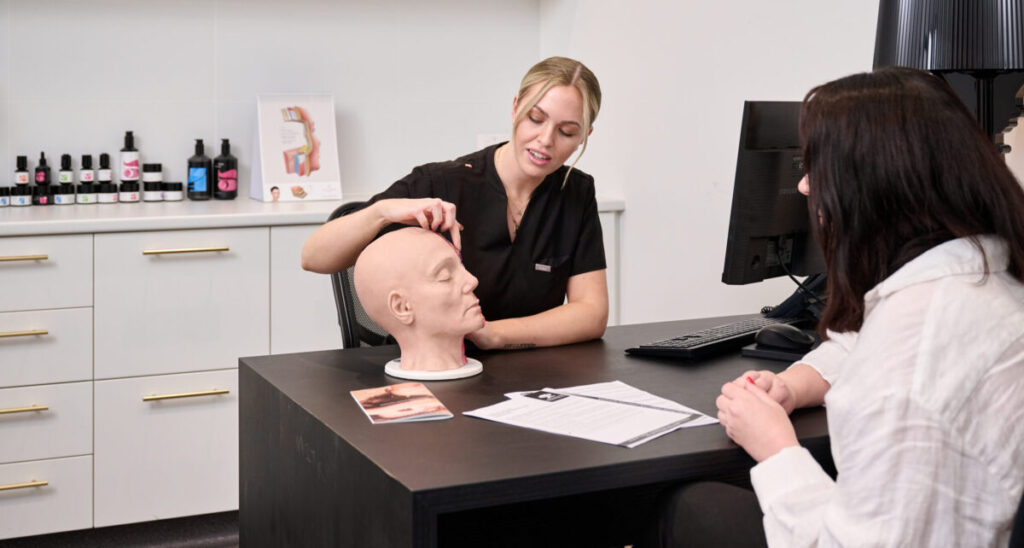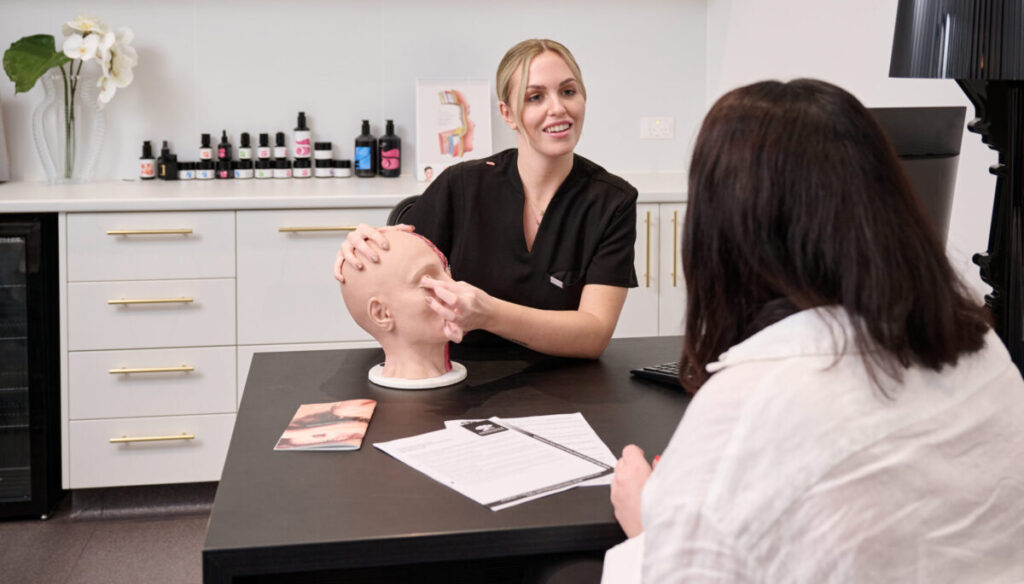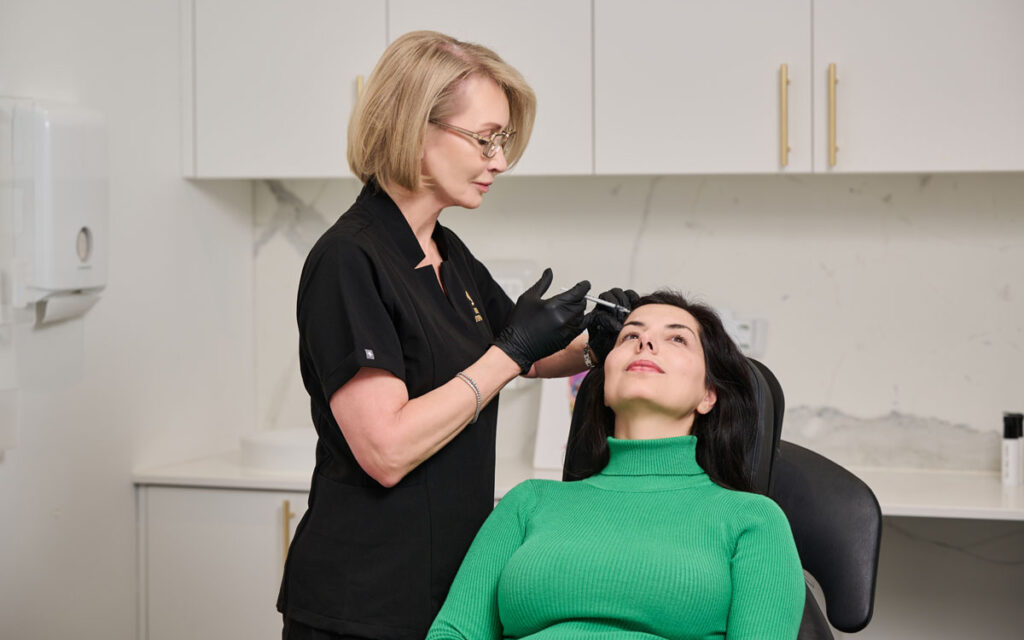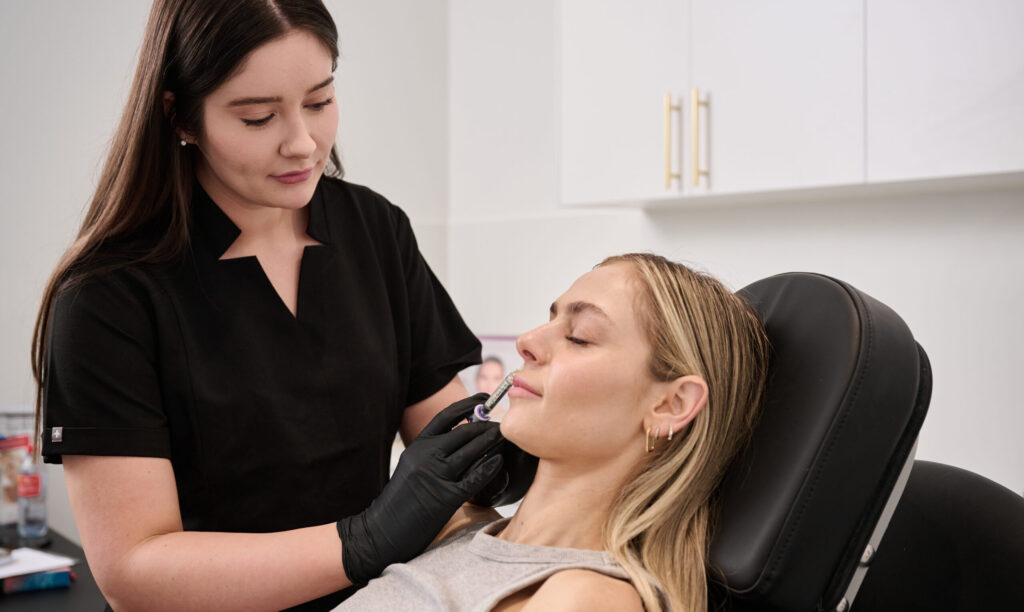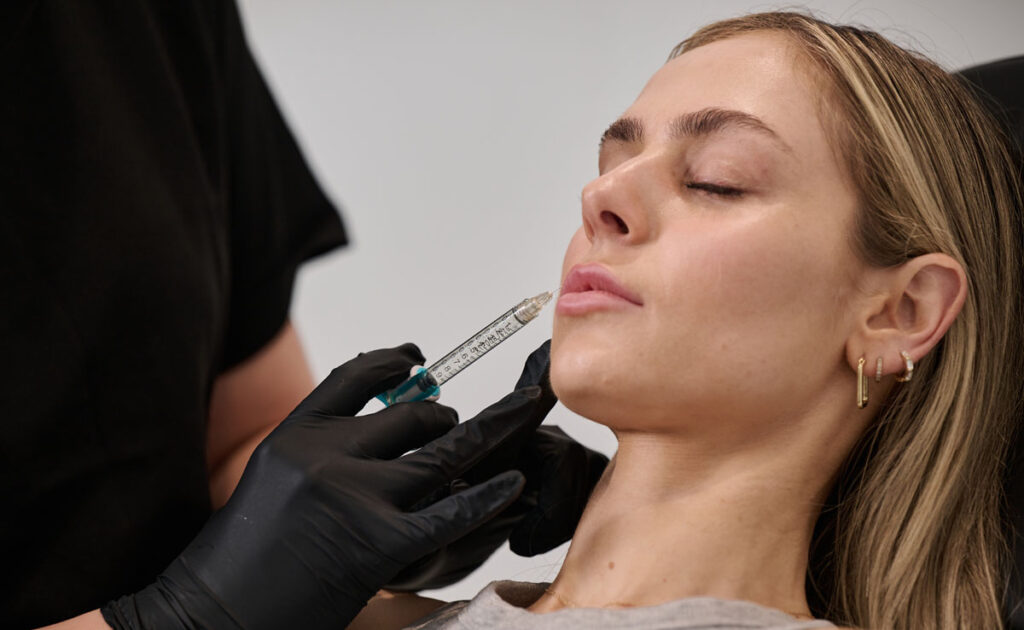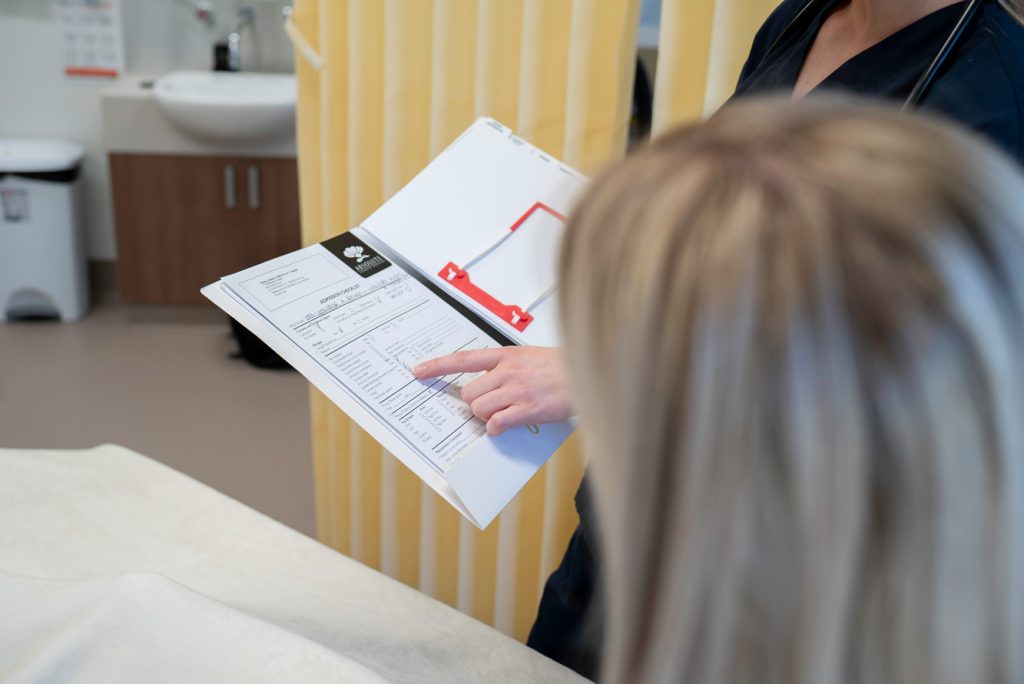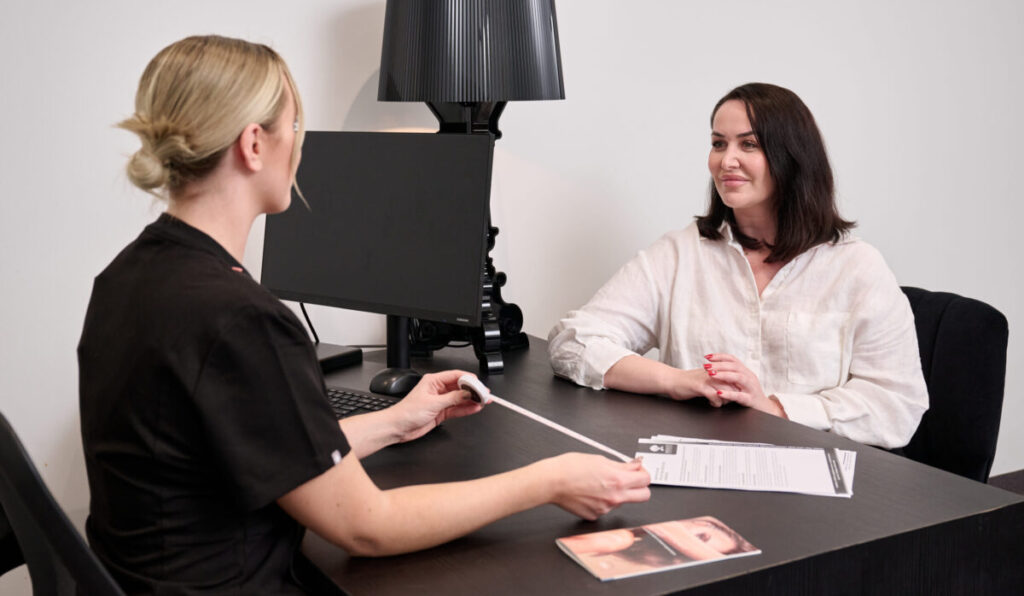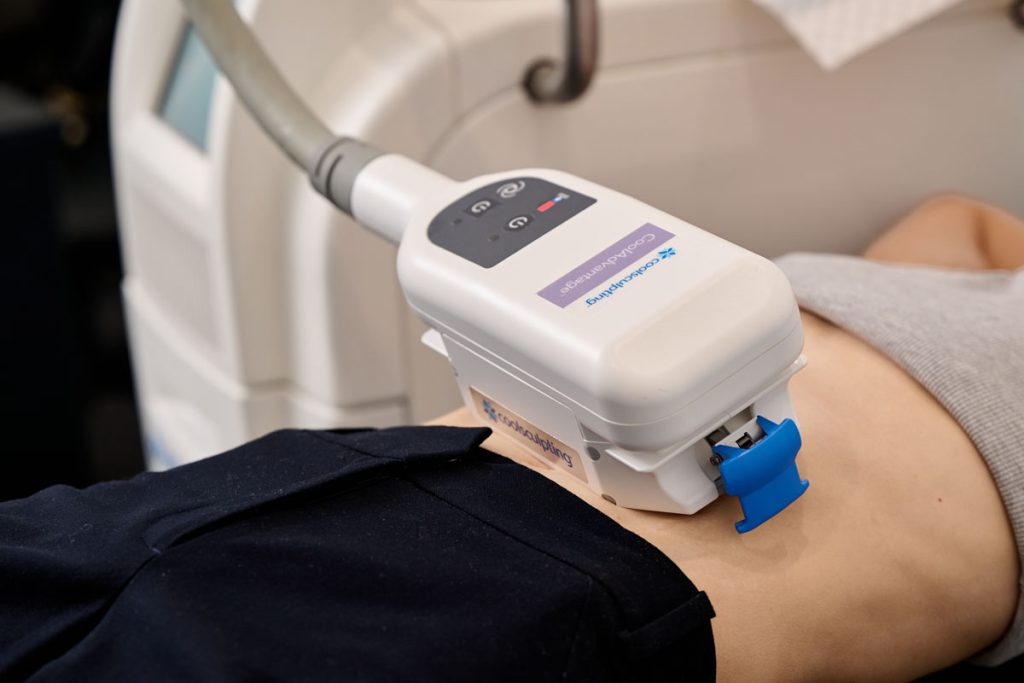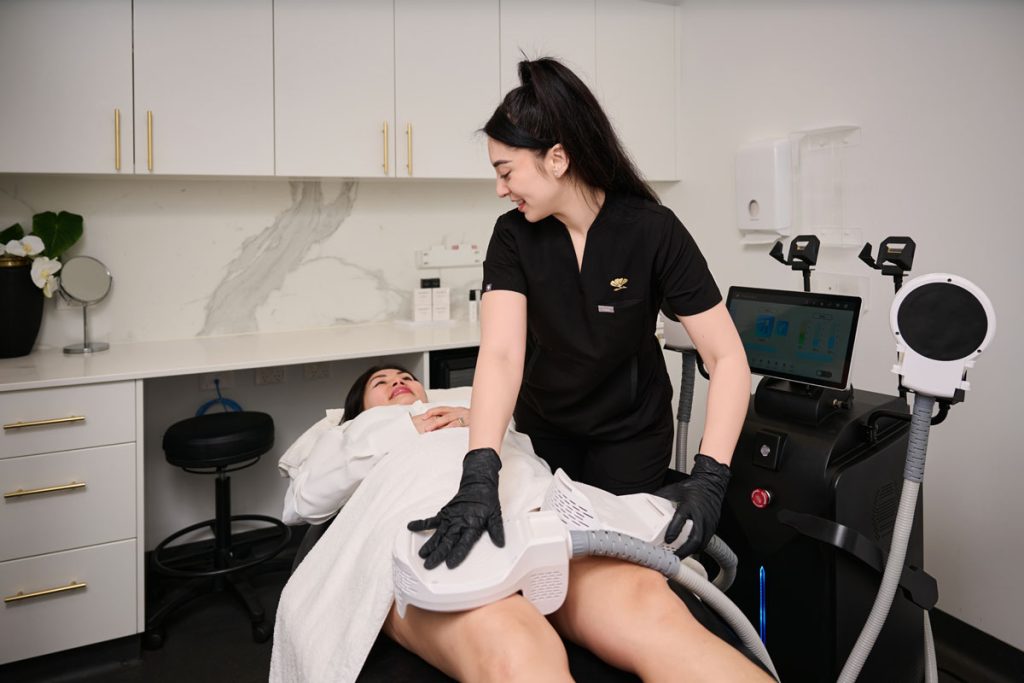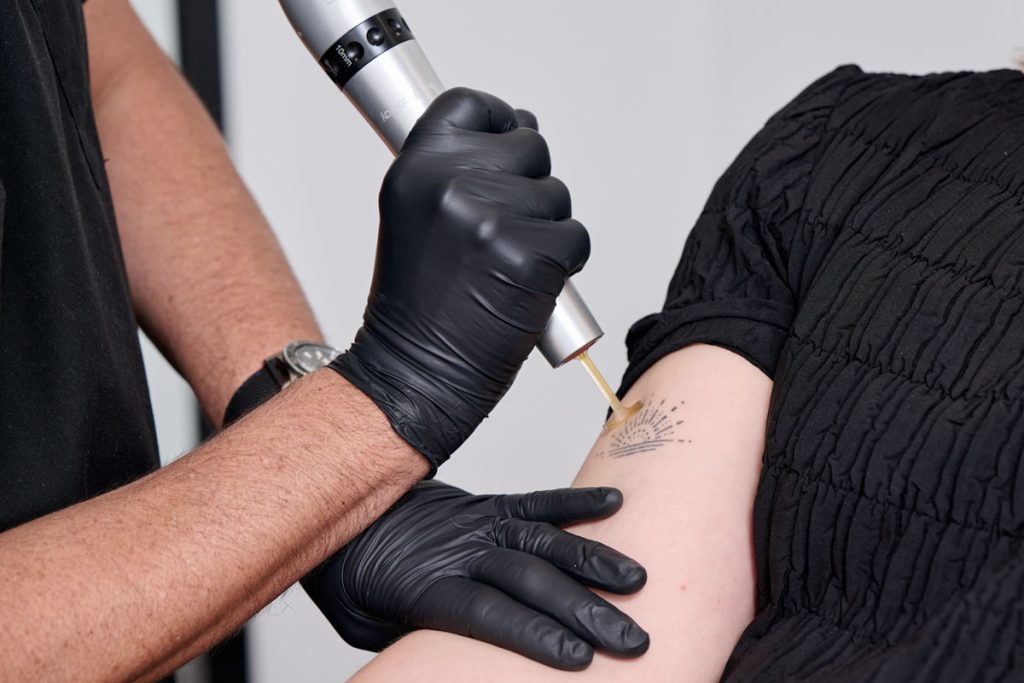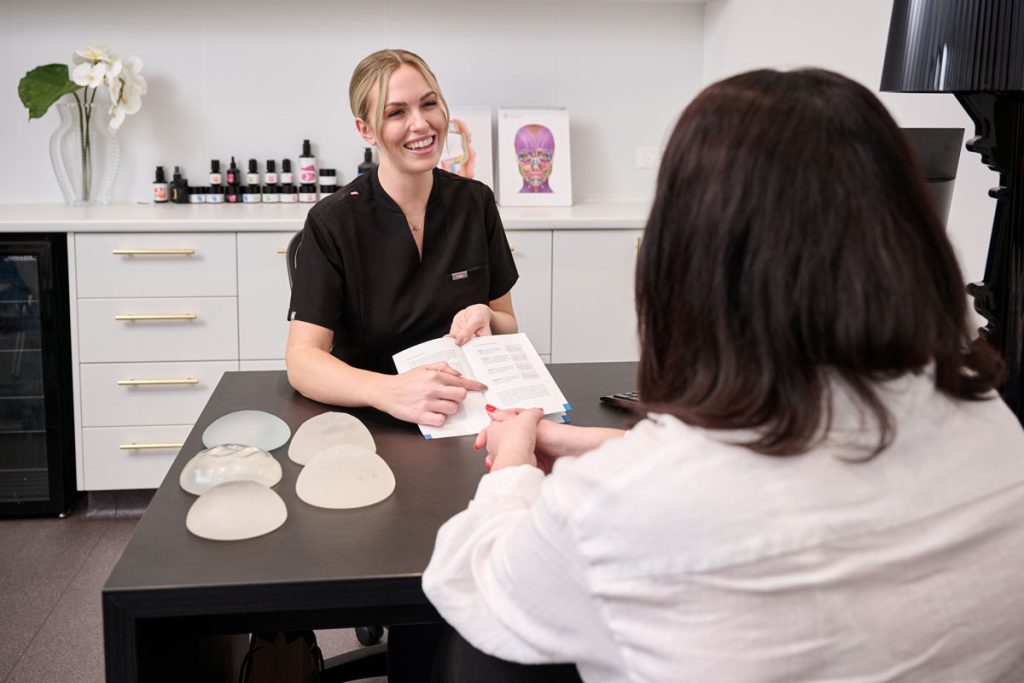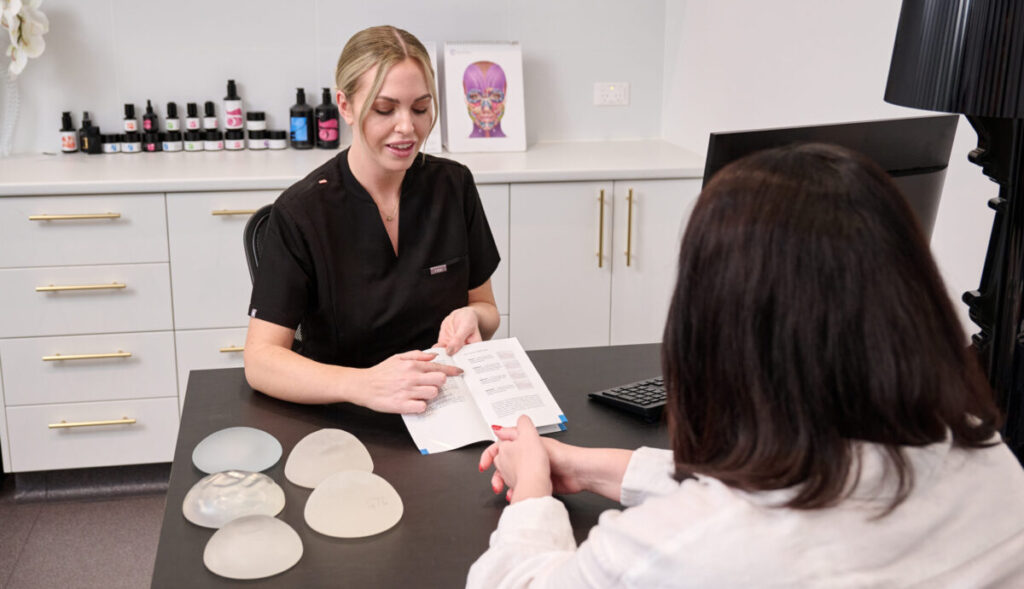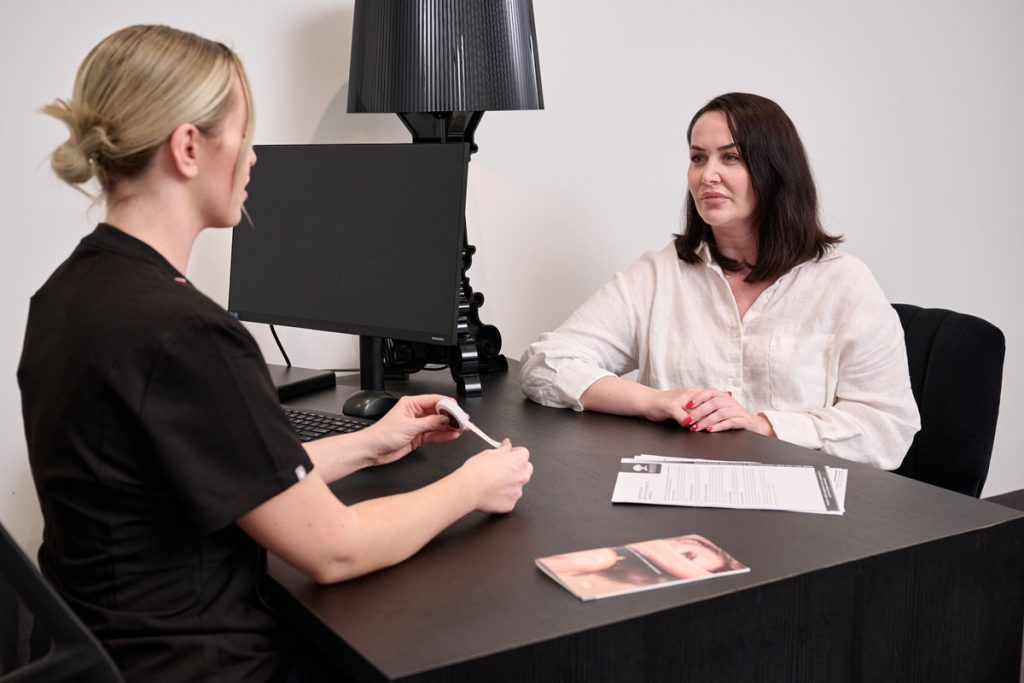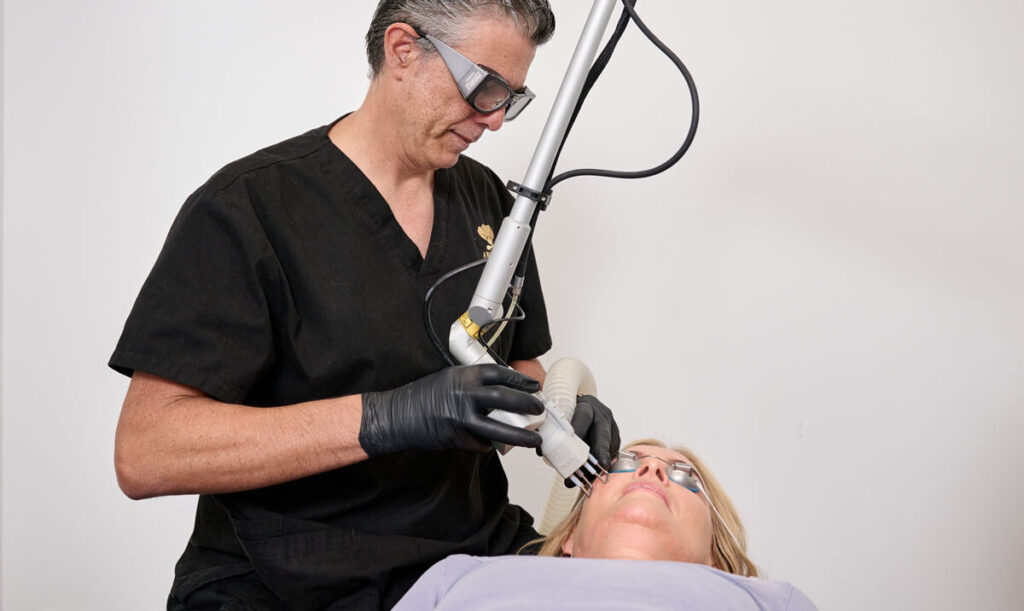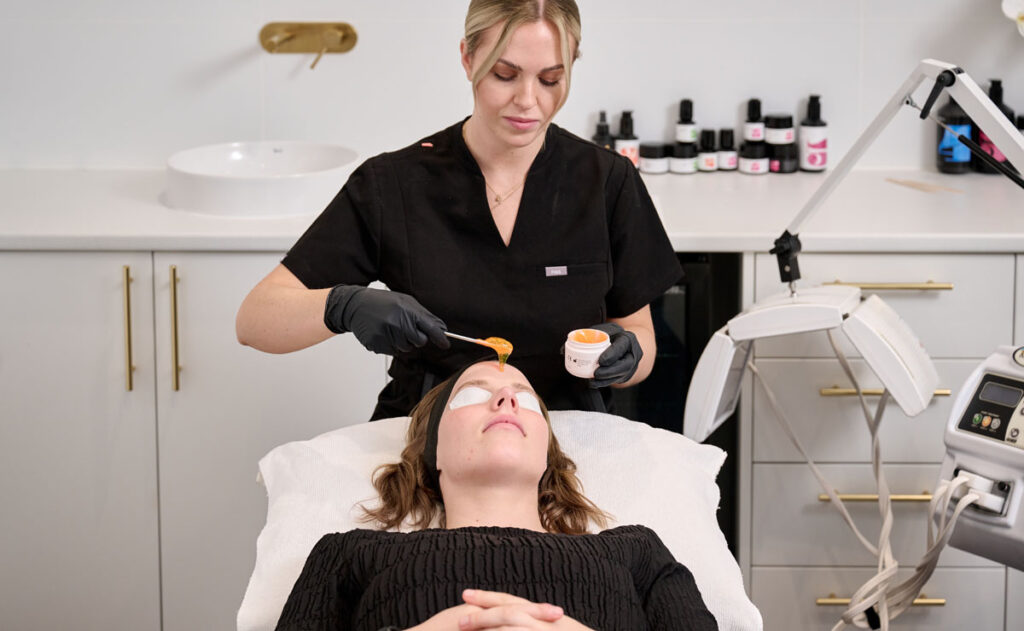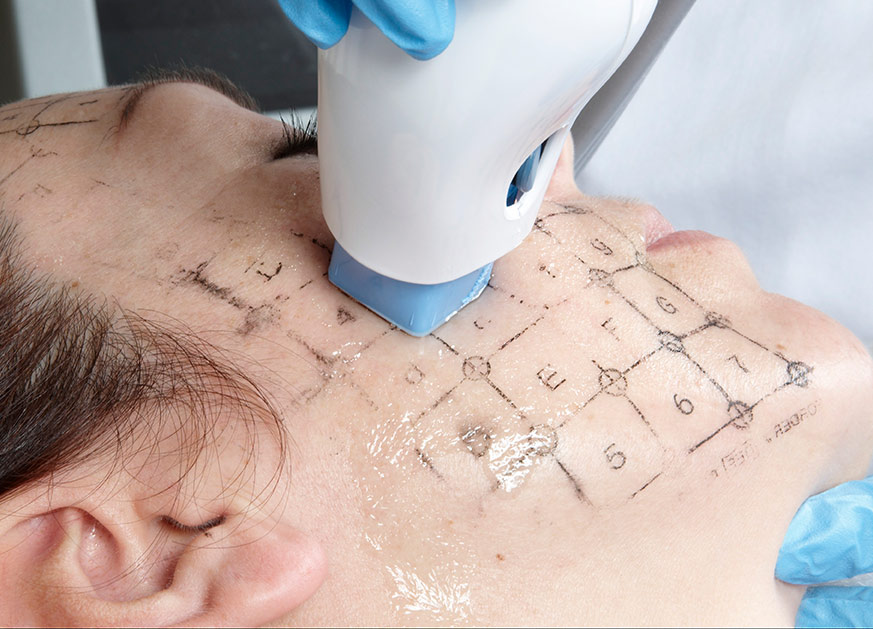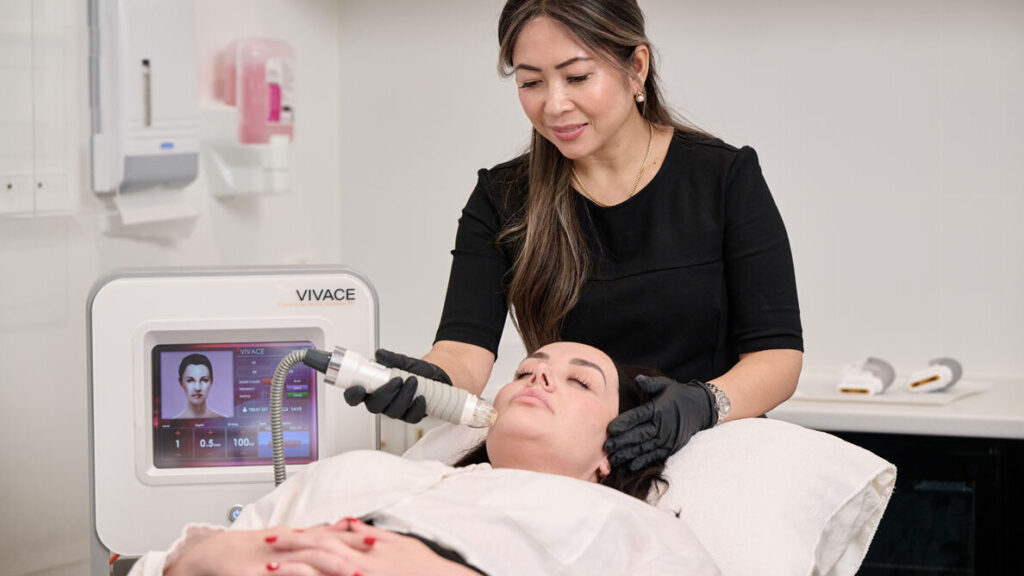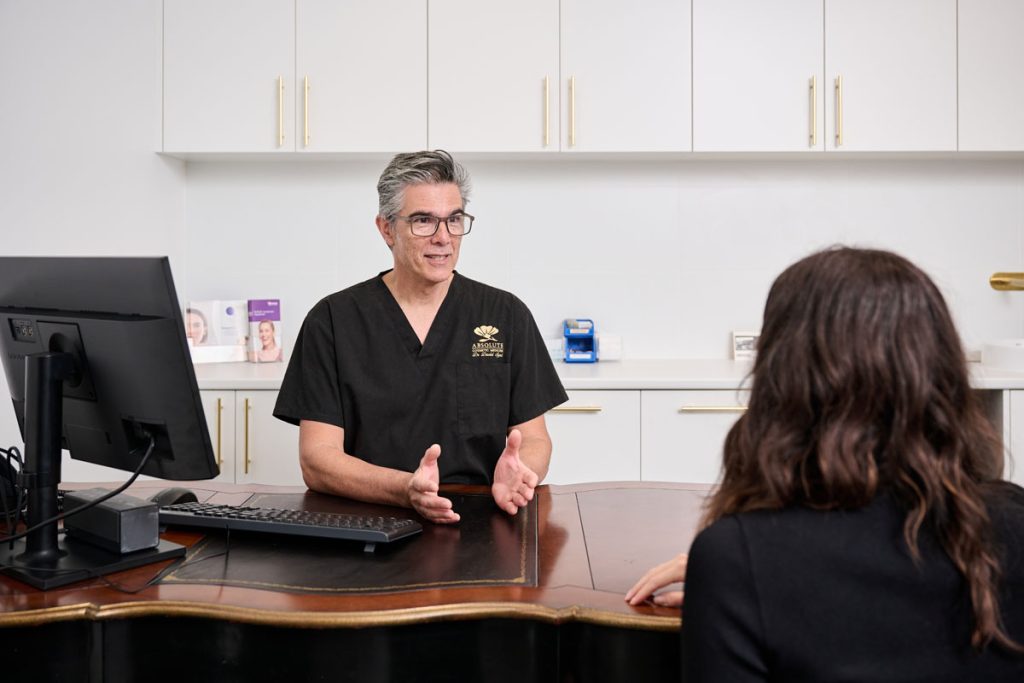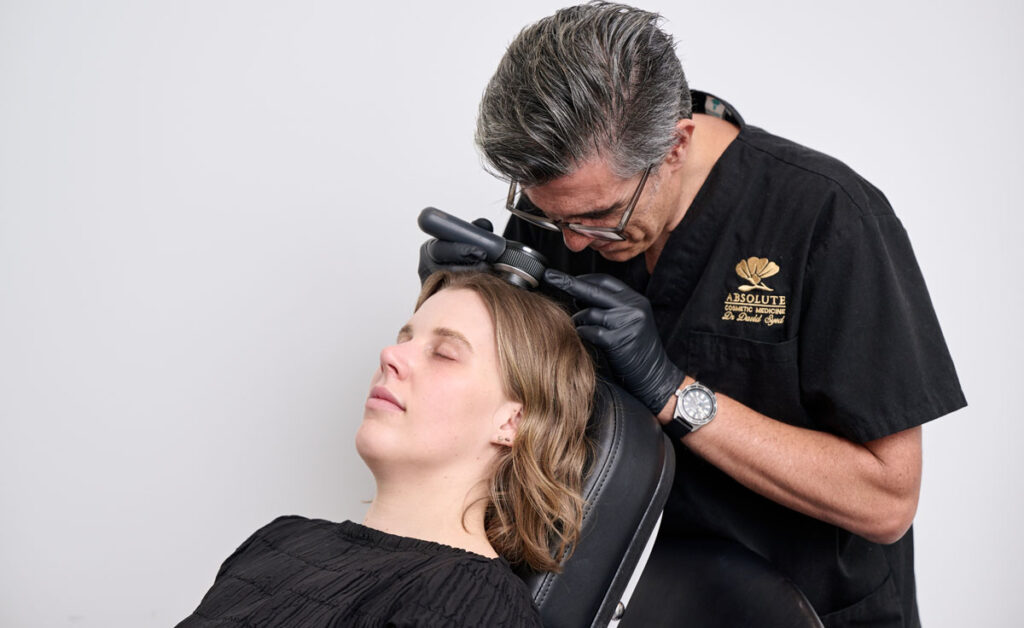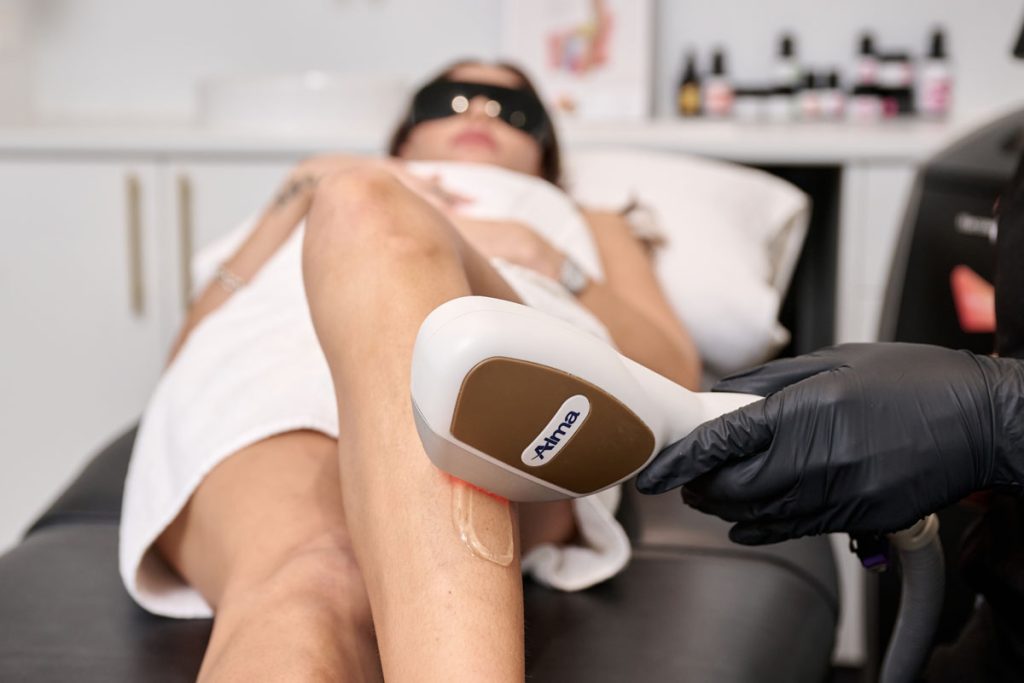Dr Murray explains, Inverted Nipple Correction video.
Flat or inverted nipples are actually pretty common. In both men and women. And, while inverted nipples can cause both functional and cosmetic concerns to an individual – they can be rectified with surgery if desired.
It is important to note, inverted nipples in some cases can be associated with breast cancer, again both men and women (however, this is very rare) as such inverted nipple correction should always be assessed by your Doctor.
Inverted nipple surgery includes making an incision along the sides of the nipples and placing sutures through connected milk ducts that feed the end of the nipple. These often feel tight and pull the nipple inside the chest. It is important to be aware that this surgery can affect breastfeeding, Therefore, having the procedure when you’ve finished breastfeeding is ideal.
To determine whether surgery is the best option, a non-surgical alternative see treatment with a syringe or suction device that pulls the nipple outwards. If this is successful and the nipple is maintained in a non-inverted position, surgery is not required.
COMPLICATIONS OF INVERTED NIPPLE SURGERY
Should surgery be required, it is important to be aware of the potential complications involved with a surgical procedure. Nipple Surgery is no different. These may include infection, scarring, bleeding, nerve damage etc . The main concern in inverted nipple correction surgery is ‘nipple necrosis’, which basically means that the nipple dies or the skin on the nipple dies.
BEFORE THE PROCEDURE
Prior to surgery, 2 consultations will be required so that I can provide an accurate assessment and ensure you are fully aware of the risks and benefits of the procedure. To book an appointment with myself, a GP referral is required. Following the consultations, a 7 day cooling off period is also required before you can book the surgery. This is a great time to seek a second opinion so that you can make the most informed decision in how you wish to proceed. You will then receive a surgical pack with clear instructions on how to prepare for your procedure, this includes a detailed video by myself and a form that must be filled out prior to your call with one of our friendly nurses. You will be required to stop smoking before and after the procedure, and in some cases stop taking blood-thinning medications, providing it is safe for you to do so. You will also be required to use a chlorhexidine body wash prior to surgery. Do not hesitate to call the clinic to discuss this with the nurses if there is anything that is unclear to you.
DAY OF YOUR PROCEDURE
On the day of the surgery, you must fast for six hours and wash in chlorhexidine surgical body wash on the morning of your procedure, and if possible, also the night before. It is recommended you wear loose, comfortable clothing to the clinic and ensure that you are on time.
You will need someone to collect you from the surgery as this procedure is done under sedation, which is not a general anesthetic but will cause you to sleep during the procedure and will make you drowsy afterward. We will contact you on your first night, following your procedure to ensure that you are well and safe.
FOLLOWING YOUR PROCEDURE AND AFTERCARE INSTRUCTIONS
On day one, following your procedure, you will be required to attend the clinic for a follow-up appointment, where we will conduct an initial review and change your dressings. You will be given a script for antibiotics, painkillers and anti-nausea medication before the surgery, these should be taken on this day as required.
Our post operative nurses will go through all your aftercare instructions and when you can return to work and general exercise. Please don’t hesitate to ask any questions that you may have in regard to your aftercare during this appointment. However, if anything is forgotten, please don’t hesitate to give the clinic a call.
Moving your body on the first day is recommended, to reduce the possibility of blood clots from forming, post-surgery. Resuming light exercise is possible, one-week post-op or whenever you feel well enough to. Remember, to listen to your body and don’t overexert yourself, take this time to heal and recover. The sutures are dissolvable, so these should not need to be removed in most cases. The nurses will go through the post-operative care and see you multiple times following the surgery.
Please be advised that surgical outcomes vary, from patient to patient, and comprehensive research is crucial before making any decisions. Please read the associated treatment page for information regarding risks and recovery.

